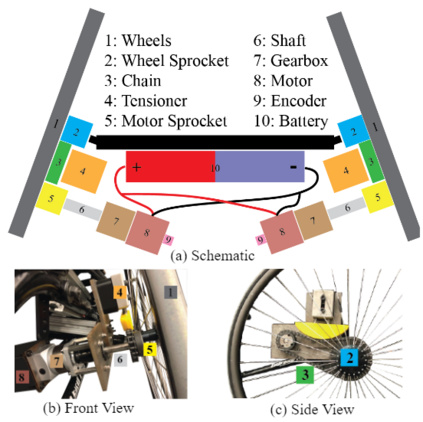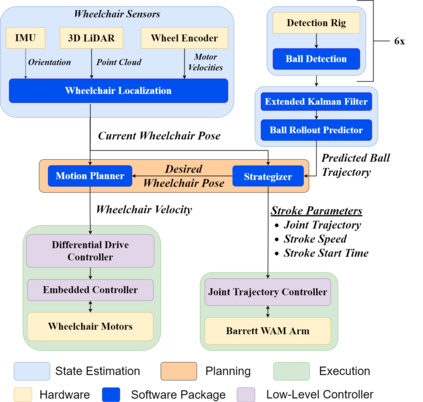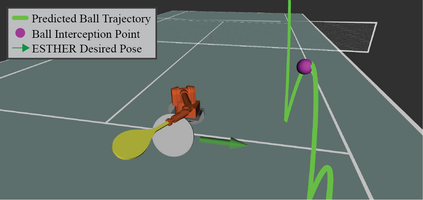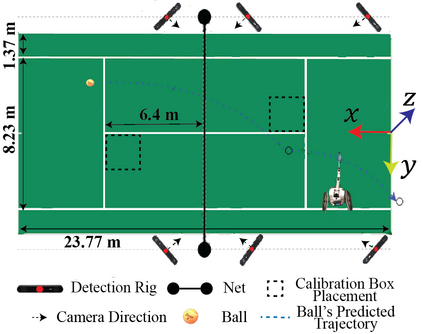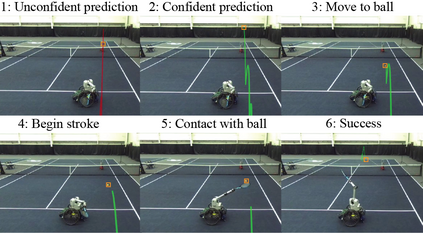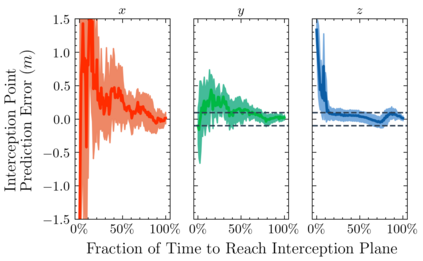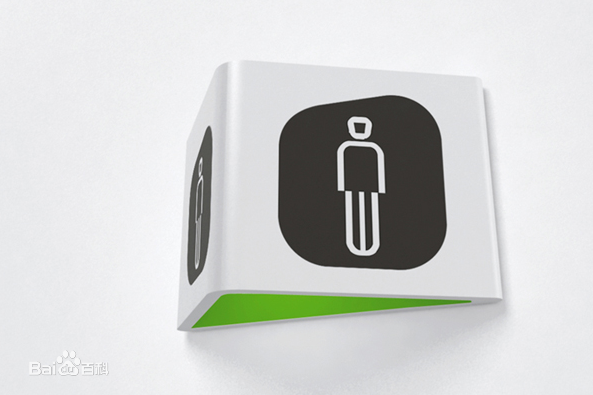
Athletics are a quintessential and universal expression of humanity. From French monks who in the 12th century invented jeu de paume, the precursor to modern lawn tennis, back to the K'iche' people who played the Maya Ballgame as a form of religious expression over three thousand years ago, humans have sought to train their minds and bodies to excel in sporting contests. Advances in robotics are opening up the possibility of robots in sports. Yet, key challenges remain, as most prior works in robotics for sports are limited to pristine sensing environments, do not require significant force generation, or are on miniaturized scales unsuited for joint human-robot play. In this paper, we propose the first open-source, autonomous robot for playing regulation wheelchair tennis. We demonstrate the performance of our full-stack system in executing ground strokes and evaluate each of the system's hardware and software components. The goal of this paper is to (1) inspire more research in human-scale robot athletics and (2) establish the first baseline for a reproducible wheelchair tennis robot for regulation singles play. Our paper contributes to the science of systems design and poses a set of key challenges for the robotics community to address in striving towards robots that can match human capabilities in sports.
翻译:数学是人类的典型和普遍表现。12世纪法国僧侣发明了现代草坪网球的前身Jeu de paume(现代草坪网球的前身),从这些法国僧侣到三千多年前以玛雅球球赛作为宗教表现形式的K'iche's人民,人类试图培养他们的头脑和身体,以在体育比赛中取得优异成绩。机器人的进步正在开辟运动机器人的可能性。然而,主要挑战依然存在,因为大多数以前在体育机器人方面的工程都局限于纯净的感知环境,不需要大量的力量生成,或处于不适合人类机器人联合游戏的微型规模。在本文中,我们提出了第一个开放源,即自主机器人,用于监管轮椅网球。我们展示了我们的全塔系统在实施地面划线和评估系统硬件和软件组成部分方面的表现。本文的目标是:(1)激励更多人类规模机器人运动的研究,并(2)建立第一个基线,为重新制造轮椅网球的机器人生成,用于单项游戏。我们的文件将第一个开放源、自主的机器人功能用于人类运动设计系统,为人类运动系统的关键设计提供了机器人能力。

